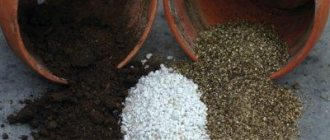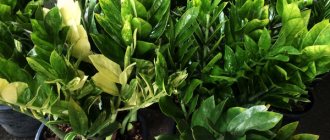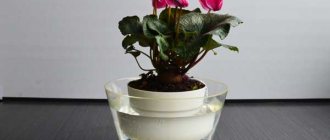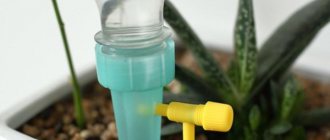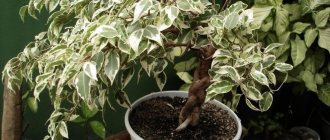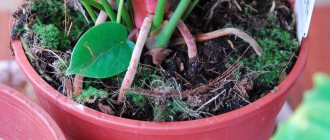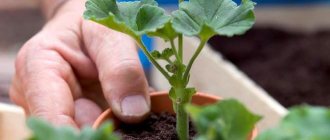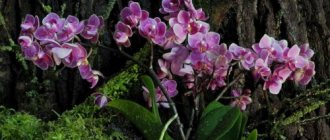Orchid is a tropical plant. Biologists distinguish 2 main types: epiphytes with an aerial root system and flowers with ground roots. It is necessary to create a certain microclimate for plants. They are grown in warm conditions and with high humidity. Lighting should be diffused.
In nature, orchids grow in shady places. In indoor conditions they are grown on oak bark, expanded clay, and perlite. Florists recommend trying to use foam glass. What kind of material is this? How to plant an orchid in it?
What is used as soil?
Since there is no single recipe for preparing orchids, a variety of components may be present in the soil, for example:
- tree bark (provides good breathability);
- sphagnum moss;
- charcoal;
- fern roots;
- coconut fiber;
- oak leaves;
- high peat;
- expanded clay;
- Styrofoam;
- nutshell.
It is best to collect tree bark from dead trees. In this case, there is no resin and harmful insects on it.
Description of characteristics
The foam glass used by plant growers is expanded silicate glass. It is produced in the form of crushed stone. The material consists of irregularly shaped stones. It is used as a substrate, drainage, and mulch. It is introduced into the soil mixture to improve aeration. Florists were attracted by the following characteristics of the substrate:
- porosity; there are many pores in the crushed stone that contain air; it provides good gas exchange for plants;
- hygroscopicity; stones quickly absorb water, but the cells are half filled; this maintains the correct combination of aeration and water balance; granules retain moisture well and for a long time;
- the moisture capacity of crushed stone can be changed by certain actions;
- foam glass is a pure substrate, without toxic impurities;
- the substrate does not support the development of fungus, algae and pathological microflora;
- insects do not appear on it.
Foam glass for orchids is produced in plastic bags. The composition of the material is no different from the substrate for other types of plants. One package contains stones of different fractions, from 20 mm to 5 mm. Perhaps the manufacturer specially assembled such a substrate. Small granules are usually placed on the bottom. Large stones are on top. This ensures a high backfill density.
Flower growers note some advantages of foam glass for orchids. The material is lightweight, maintains moisture and gas exchange well. The stones release water to the plants gradually when necessary. Flowers don't get sick. According to reviews from plant growers, resuscitation and rooting of seedlings can be carried out on the substrate.
For planting orchids, only wet foam glass crushed stone is used. Otherwise, it will draw moisture from the roots of the flower. In addition, dry stones can scratch the roots of the plant.
How to disinfect the soil?
Depending on the characteristics of the component included in the soil, in order to disinfect it, you can use one of the following methods:
- treatment with boiling water;
- roasting in the oven;
- boil for several minutes;
- spilling with a weak solution of potassium permanganate.
The disinfected components are thoroughly dried and only then placed in the substrate.
Read here what components should be included in the soil composition for a phalaenopsis orchid.
How to prepare the substrate?
Before use, crushed foam glass must be prepared. It is washed to remove small particles and dust. The material is left in water for a day so that it is well saturated. Next, the water is drained and the crushed stone is used for planting orchids.
View this post on Instagram
Post by Helena
